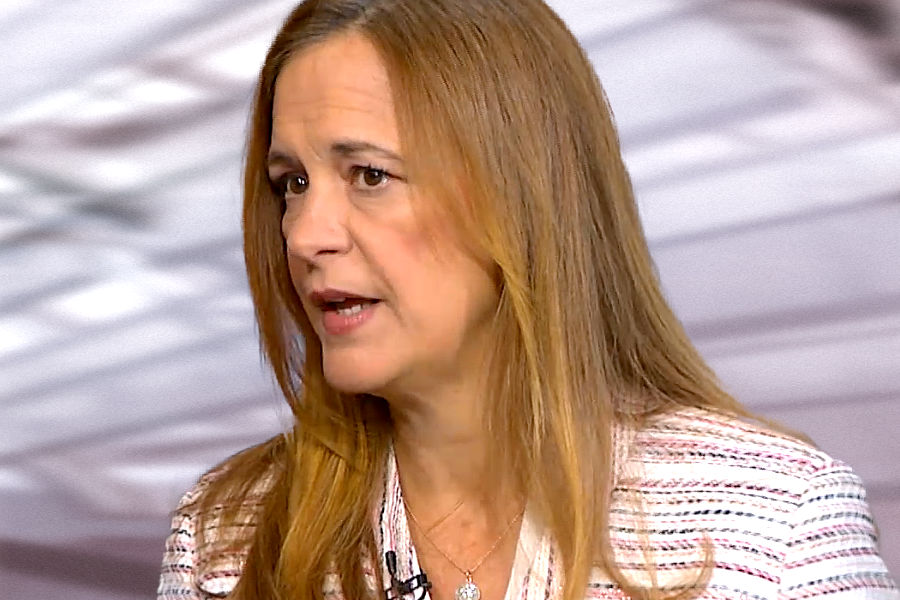Traders at the Fixed Income Leaders Summits (FILS) largely reported that bond markets were quiet this week, with high yield and emerging bond markets being particularly still.
The big story being discussed from the previous week, is that of the UK’s ‘Giltmageddon’, as named by Abrdn’s senior portfolio manager Luke Hickmore. Two primary effects were noted. First was the effect on assets driven by market volatility and the effect on available collateral.
Ovie Koloko, global head of product management at Parameta Solutions, says, “Over the last six months, we’ve seen repo rates rising gradually. However, since the mini-budget announcement, these have spiked in line with associated markets. In other recent market shocks such as March 2020, there have been large moves in levels and in the widening of bid/ask spreads. This is exactly what we have seen last week and what the data demonstrates – general collateral (GC) term repo rates have increased, and there has been a widening of bid/ask spreads. In the case of TOM Next repo, this is up 100% but spiked as high as 170% – indicating market stress. As marginal differences can have large impacts for clients’ ability to manage their risk, access to transparent data is crucial.”
Second up for discussion was the effect on asset managers supporting a liability driven investment (LDI) business, which sees pensions funds try to match their liabilities using a combination of cash assets and derivatives. That requires greater use of collateral as markets become more volatile.

In an analyst note on Monday, Morgan Stanley’s Betsy Graseck observed how these headwinds could hit BNY Mellon, via its Insight Investment business, which manages LDI strategies.
“Last week, the sudden spike in government bond yields required UK pension funds to increase collateral,” she explained. “Pensions in turn sold gilts, which put further pressure on bond prices and caused the Bank of England to intervene. As of 2Q22, BNY Mellon (BK) managed US$651 billion of LDI assets, representing one third of its total assets under management (AUM). While it’s unclear how this event ultimately rolls through BK’s AUM mix, we conservatively model a -10% q/q decline in BK’s end of period (EOP) AUM levels.”
While there was some sympathy for these providers, it is also clear that greater regulation of the sector, and potentially around the use of derivatives more broadly is a likely upshot of the situation.
“Let’s be clear, a lot of the problem is that we’ve had low yields for a very long period of time and investment firms got pushed out of their core investments for the liability matching approach for their clients to try and get their pension funds back to a fully-funded position,” says Hickmore. “People have been moving into more and more non-traditional investments and the VAR shock completely reset the game. So, I think we’ll probably get regulators guidance coming in relatively quickly over the next six months about the kinds of assets you can use, or how much leverage you can have, and the type of collateral, and what kind of stress tests fund managers and clients have to do.”
This was potentially a faster solution than an expectation that the political causes of the gilt market volatility would be found.
“Bureaucrats change their mind quicker than politicians,” he says.
©Markets Media Europe 2025













